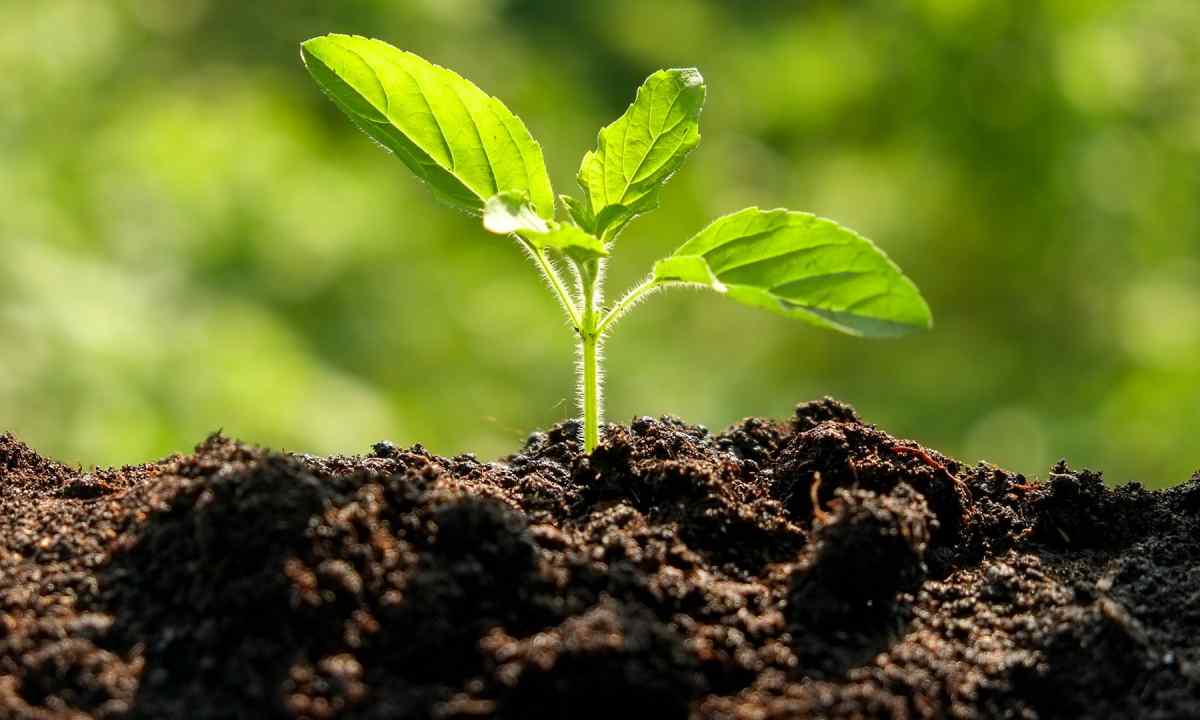The richness of harvest at the dacha substantially depends on structure of the soil. Each summer resident has to know features of soil on the site. You can check it in the ancient way. Take handful of the earth and try to roll ball. If it is scattered, the soil sandy if the ball was created, but is not possible to make of it cylinder, - the soil sandy. If the cylinder was created, but when bending bursts, - before you loam and if both the ball, and the cylinder, and zhgutik, and ringlets then, on your site heavy clay and boggy soils which should be improved have turned out.
It is required to you
- - ashes or lime;
- - sawdust, needles, sand, dry grass.
Instruction
1. Mow clean carefully all grass, so it will be much easier for you to cultivate the land. When grass it is finished, dig over the site, but not as it becomes usually – on shovel bayonet. Heavy clay and boggy soils do not dig over deeply because roots of plants of trees and bushes in large number are widespread in top layer at depth of 10-12 cm.
2. Lower level of underground water on 15-20 cm. Sometimes it happens enough "to facilitate" the soil. Dig through drainage or drainage ditches. You can also "raise" the site, having filled layer of prime quality land or sand in those places where you are going to make planting of trees and bushes or to form beds.
3. Heavy and boggy soils are sympathetic on introduction of lime and wood ashes. After redigging scatter ashes at the rate of 1 glass on 1 sq.m of the earth (is admissible more). Such additive not only neutralizes acidic environment of the soil and improves its structure, but also provides with nutrients. If there are no ashes, bring the substances containing lime – ground chalk, dolomite, carbide lime, etc. The best time of introduction of ashes and lime – fall, time of the incessant rains providing gradual penetration of additives into the soil.
4. Various vegetable waste – sawdust, needles, dry grass improves condition of heavy and boggy soils (without seeds of plants). Such additives are considered as the best means of increase in fertility of heavy soils because, first, they do the earth friable, and secondly, deliver power supply to roots throughout long time since they decay slowly.
5. On heavy and boggy soils it is necessary to pay special attention to fight against weeds. Why it is so important? Because roots of weed plants stick together already dense soil even more. The earth freed from them gets warm the sun much better, dries up after rains quicker, as a result oxygen gets into it more deeply, providing good development of roots. It is necessary to know that on heavy soils the weeds need to be removed even on row-spacings. They can be not dug over, and just to scrape off plants sharp chopper.
6. It is the best of all to dig over heavy and boggy soils in August or the beginning of September that till the next season they slowly "ripened". The fact is that the dug-up earth after redigging forms on surface of block it is similar stone – firm, rigid. But the longer they adjoin to oxygen, the rassypchaty there is their top layer. For this reason the plowed earth has to remain as long as possible till the snow blown. At spring redigging it is necessary to be guided by early terms: hardly the earth will thaw and will a little dry up, and it is possible to dig.

